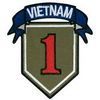Red Dot Laser for Birds in Flight
Oct 9, 2017 13:39:33 #
The red dot sight must be aligned with the lens and the shoe of the sight is usually quite sloppy in the camera's hotshoe. There are two problems here. 1. The red dot sight must be aligned every time it is mounted and 2. it is very easy to miss-align it if you accidentally bump it.
I make a practice of fully inserting the shoe and rotating it clockwise as far as possible. If you have aligned it this way it will be aligned every time you install it.
The knurled knob which tightens down on the camera hotshoe cannot be tightened enough by hand to keep it firmly in place. Using a drill press and a bench vise drill two radial holes (at 90 deg. to each other) right through the knurled knob. This will give you a place to insert a rod (I use an allen key) to really tighten the knob. Keep a plastic washer under the knob so that you will not mark the top of the camera's hotshoe.
You will not have time to focus on a BIF so it will be necessary to anticipate where the bird will be, pre-zoom your lens for the size of the anticipated bird at that distance and also pre-focus on something at that distance. Back button focus will lock the focus at the desired distance.
If you have aligned the red dot sight to the centre of your frame your bird will be in the centre of your picture. The red dot sight cannot be used to frame your subject, it only tells you that you have it in the centre.
Set your shutter to continuous high and hope for the best.
I make a practice of fully inserting the shoe and rotating it clockwise as far as possible. If you have aligned it this way it will be aligned every time you install it.
The knurled knob which tightens down on the camera hotshoe cannot be tightened enough by hand to keep it firmly in place. Using a drill press and a bench vise drill two radial holes (at 90 deg. to each other) right through the knurled knob. This will give you a place to insert a rod (I use an allen key) to really tighten the knob. Keep a plastic washer under the knob so that you will not mark the top of the camera's hotshoe.
You will not have time to focus on a BIF so it will be necessary to anticipate where the bird will be, pre-zoom your lens for the size of the anticipated bird at that distance and also pre-focus on something at that distance. Back button focus will lock the focus at the desired distance.
If you have aligned the red dot sight to the centre of your frame your bird will be in the centre of your picture. The red dot sight cannot be used to frame your subject, it only tells you that you have it in the centre.
Set your shutter to continuous high and hope for the best.
Oct 9, 2017 14:15:13 #
Davethehiker wrote: Wow! That's a lot better than I can do, and I also use a red dot. I guess it depends of the weapon you are using. I get more variation than that from my short barreled weapons, even if I fired it from a rest.
Wow! That's a lot better than I can do, and I also use a red dot. I guess it depends of the weapon you are using. I get more variation than that from my short barreled weapons, even if I fired it from a rest.
 Wow! That's a lot better than I can do, and I also use a red dot. I guess it depends of the weapon you are using. I get more variation than that from my short barreled weapons, even if I fired it from a rest.
Wow! That's a lot better than I can do, and I also use a red dot. I guess it depends of the weapon you are using. I get more variation than that from my short barreled weapons, even if I fired it from a rest.It's how you hold the gun and squeeze the triger.
Oct 9, 2017 14:27:28 #
I am in agreement with you, and the red dot is also uses very well to locate a bird hide in autumn'leaves.
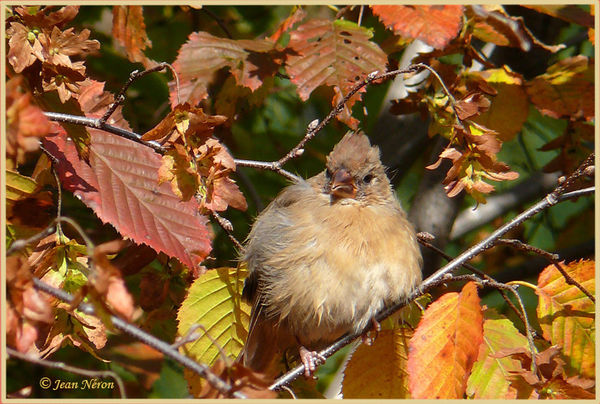
Oct 9, 2017 14:30:33 #
Oct 9, 2017 14:36:51 #
ELNikkor wrote:
You also might blind the bird...
Please, you cannot blind a bird, or anything else with a red dot sight. Red dot sights do not project a laser at the target. The "red dot" is only visible to someone looking through the sight.
You are confusing a red dot sight with a laser pointer. They are two entirely different devices.
Oct 9, 2017 15:01:25 #
You are correct in all you say from my experience with my Red Dot. My percentage of keepers with warblers and small birds using focal lengths in the 600-900mm range are at least twice as high using a Red Dot Sight. The reason I use it is that I have a problem in locating a small subject in my viewfinder with a long focal length lens. This functions like a sport sight on top of my camera. But, after I know that it's in my field of view, I still have to shift quickly to the cameras viewfinder to get the shot.
Mine was only a hundred bucks. Compared to what I spent on my lenses and cameras, D4s, D500, it is by far the biggest bang for the buck in increasing the number of keepers.
Mine was only a hundred bucks. Compared to what I spent on my lenses and cameras, D4s, D500, it is by far the biggest bang for the buck in increasing the number of keepers.
Geegee wrote:
The red dot sight must be aligned with the lens an... (show quote)
Oct 9, 2017 15:37:43 #
Geegee wrote:
The red dot sight must be aligned with the lens an... (show quote)
I had the same problem. Then I started using this to hold it: (It's more sturdy)
http://www.ebay.com/itm/L-Shaped-Metal-Flash-Bracket-Holder-Hot-Shoe-Mount-For-Speedlite-Camera-DSLR-/122229110873?hash=item1c756c3859
Oct 9, 2017 15:58:49 #
Bison Bud wrote:
There's a huge difference in a Lazer beam sight and a Red dot sight, sometimes called a holographic sight. I can't really see how a Lazer sight that projects a beam could be of any real help catching birds in flight, however, the red dot, that projects no beam, could be very effective by providing a wide field of view and a target dot to line up to in that field of view. Good luck and good shooting to all.
Red optically, illuminated sights are often used on telescopes. Red dot is internally lighted and there is no projection.
I do have laser light sights on my AR-15's. 6 red and 8 green
Oct 9, 2017 16:15:33 #
I invariably get asked by other photographers, what is that thing you have on your camera.
Oct 9, 2017 16:57:17 #
This seems to be a discovery for several photographers. My photo of the young cardinal above was taken with a red dot in 2009
Oct 9, 2017 16:58:39 #
martinfisherphoto wrote:
Captured this shot yesterday. I was photographing ... (show quote)
OK
A. if I post a photo of a BIF how do you know I used the Red Dot, except I tell you I did
B. I don't have the reactions of a Mongoose so generally don't try to do small birds in flight up close, except hummers and then only when they are in "idle", when they firewall the throttle I figure I am lucky to see a blur go by
Be that as it may here are a few I used the Red Dot for, note mostly at middle to long distance.
1. Osprey about 150-175' up and kept switching from circles to figure 8s as well as reversing directions at random. With the Red Dot and my 150-600 on a gimbal head I was able to track it for several bursts of up to 20 frames.
2. Green Heron, this one dove down and leveled out about 5 feet above the water going like a bat out of hell from right to left about 30 feet in front of me. I would have been lucky to acquire it in the viewfinder but tracking with the Red Dot was easy.
3. Black Necked Stilts, a group of about 15 took off, darted back and forth across and around the pond at about 1-2' above the water then split up into groups to land on an island, except these two who reversed direction and stayed in formation for another half lap around the pond and landed on the other side of the island. About 75 feet and moving pretty fast.
4. Humming Bird, this one was darting around circling the area of the nectar feeder when it suddenly went straight up, hovered for about 1-2 seconds then darted down and landed on the feeder. I never would have been able to follow the bird through the narrow FOV of the viewfinder. Range is under 10 feet.
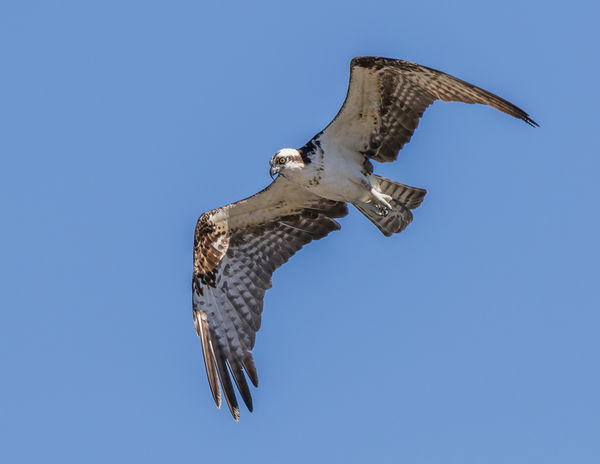
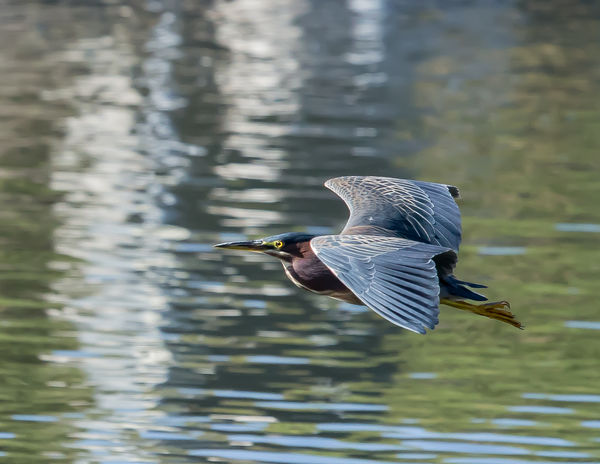
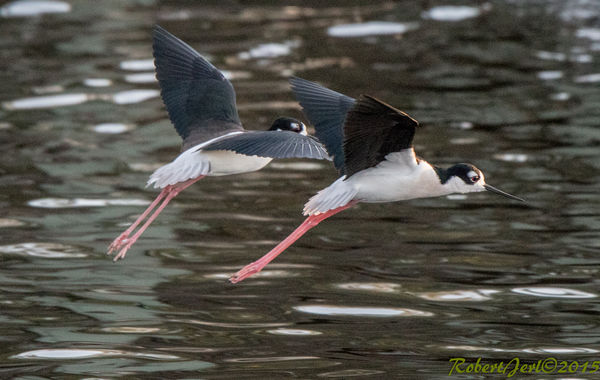
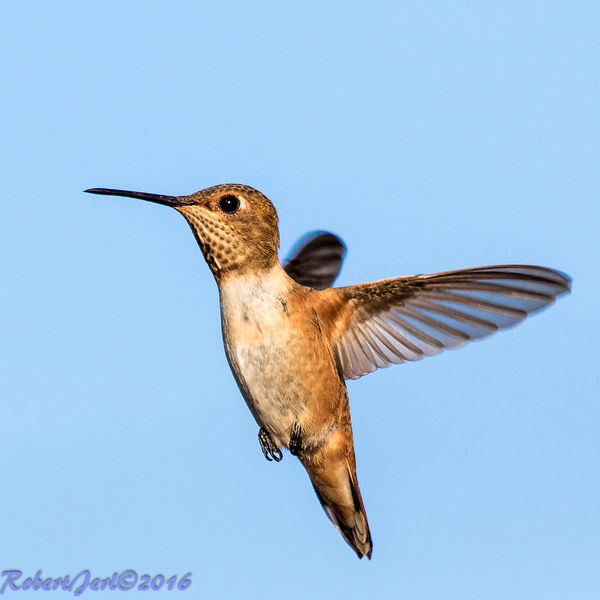
Oct 9, 2017 17:16:35 #
Fotoartist wrote:
I invariably get asked by other photographers, what is that thing you have on your camera.
Yes, our local camera store had a traveling Canon exhibit that took two large trunks full of lenses and bodies to a local park with water birds and you could check them out to try for a few minutes. I asked about a fast 400 mm but was told they only brought one and it had a waiting list to try it. I stuck with my 100-400L mk I but they noticed my Red Dot and asked what it was. As I explained it and even allowed one Canon rep and the president of a local camera club to take my camera and try it we managed to gather a small crowd of 8-10 people and several took notes of my answer when asked where on line to look for the sights and adapters.
Most of these sights are made for rail mounts of the type called a "picatinny" so the adapters are basically a hot shoe with no wiring or contacts and a short piece of picatinny rail on top. Clamp the sight onto the section of rail, put the hot shoe into your camra's mount and tighten. The sights come with adjustment screws for vertical and horizontal and an allen wrench of the right size. You can sit up a target and mount everything on a tripod and look through one and then the other while adjusting until the dot and your center focus point are aligned or you can look through the sight, snap a frame and then chimp it to see which way and how much to adjust the sight, keep doing it until they line up to your satisfaction. With experience it gets pretty easy as you learn. The fit of a hot shoe to the camera is very sloppy compared to a gun's mount, but you can learn it and how to do a quick and dirty adjustment when you need to.
Oct 9, 2017 17:29:29 #
Oct 9, 2017 17:33:00 #
Get rid of the word laser. A laser projects a beam of light onto the target. You would not be able to see the laser on a bird in the daylight anyway. A red dot is a heads up display like military pilots, nothing is going beyond the display screen, you just see through it. It is like writing on a pane of glass and it looking through it to the trees beyond. The writing is not on the trees but on the pane of glass. That is where the red dot is - on a pane of glass while you can see the trees.
As for sighting the red dot for camera use - it"s easy. Best using a tripod or other solid base item, but can do it free hand. With the camera turned on and using the back screen (easiest - can see if the camera moved between the adjustment of the red dot), pick out a small target at a far range. e.g. Knot in a tree, or the cross of the "T" in a stop sign usually at farthest focus of the lens. Once you have your target focused and centered in your frame; then you align (adjust) the red dot in your pane of glass to the center of the knot in the tree or cross "T" of the stop sign. Your camera and red dot are aligned and ready to use once both lens and red dot are on the same target.
Focusing - once the red dot is aligned, it is not affected by your lens focus. Your camera will focus yours/its normal way, and the center of the lens will be on the target using the red dot no matter where the focus is needed.
This is a good method to use for very fast movement for the likes of birds in flight. You can get a tighter picture (less cropping afterwards) but it would be wise to allow some room for cropping because of the agility of the birds to quickly change course.
As for sighting the red dot for camera use - it"s easy. Best using a tripod or other solid base item, but can do it free hand. With the camera turned on and using the back screen (easiest - can see if the camera moved between the adjustment of the red dot), pick out a small target at a far range. e.g. Knot in a tree, or the cross of the "T" in a stop sign usually at farthest focus of the lens. Once you have your target focused and centered in your frame; then you align (adjust) the red dot in your pane of glass to the center of the knot in the tree or cross "T" of the stop sign. Your camera and red dot are aligned and ready to use once both lens and red dot are on the same target.
Focusing - once the red dot is aligned, it is not affected by your lens focus. Your camera will focus yours/its normal way, and the center of the lens will be on the target using the red dot no matter where the focus is needed.
This is a good method to use for very fast movement for the likes of birds in flight. You can get a tighter picture (less cropping afterwards) but it would be wise to allow some room for cropping because of the agility of the birds to quickly change course.
Oct 9, 2017 20:32:01 #
Geegee wrote:
The red dot sight must be aligned with the lens an... (show quote)
"The red dot sight must be aligned with the lens and the shoe of the sight is usually quite sloppy in the camera's hotshoe. There are two problems here. 1. The red dot sight must be aligned every time it is mounted and 2. it is very easy to miss-align it if you accidentally bump it."
I have not had those issues with the Olympus red dot sight on my Panasonic camera. It might be that, as a camera company, Olympus designed it for a camera hot shoe. But, yes you do align it. The sight is about an inch and a half above the horizontal center line of my lens. It is exactly on the vertical center line of my lens. If I do the alignment at infinity, there is a risk of aiming 1 and 1/2 inch high on something at about ten feet. Since this is about aiming for a telephoto lens in the range of about 100 to maybe 500 feet, the error is potentially a 1/2 inch to nothing if you align on something at 250 feet. If you are shooting something the size of a rabbit or larger, none of this matters at all.
It has to be said that I've bumped the alignment knobs during the attach, detach and put in bag operations. If I have to align the Olympus sight for a shoot, it is a quick process.
If you want to reply, then register here. Registration is free and your account is created instantly, so you can post right away.





